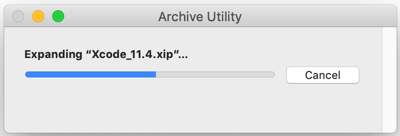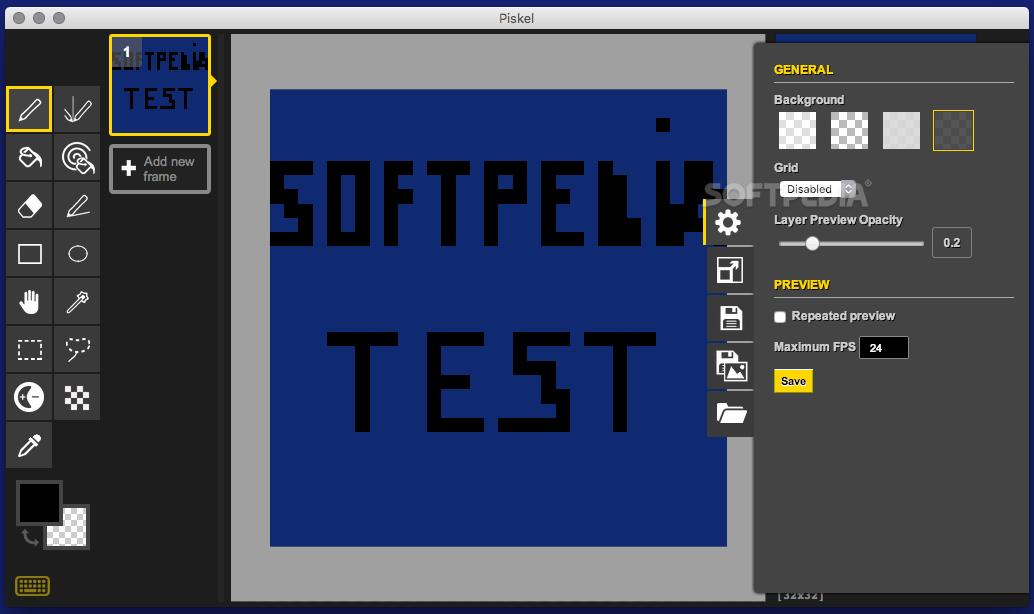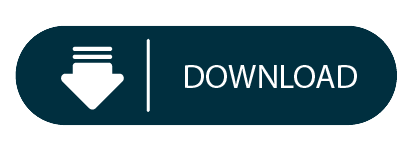Xcode is the tool developers use to build apps for the Apple ecosystem – MacOS, iOS, and all things Apple.
The extracted Archive/System/ folder contains the diagnostic tools and can be used to create a bootable USB stick, as with the other.dmg files downloaded from Apple. Bundle MacBook5,1 Mac-F42D89A9.
This guide will walk you through how to successfully install Xcode onto your Mac, from start to finish.
- Download for macOS. There are several options for installing Git on macOS. Note that any non-source distributions are provided by third parties, and may not be up to date with the latest source release. Install homebrew if you don't already have it, then: $ brew install git. Apple ships a binary package of Git with Xcode.
- Make the most of iOS 14. IOS is the world’s most advanced mobile operating system. With iOS 14, you can use App Clips to give users a quick way to engage with a part of your app at the right moment.
Here are some handy tips to know before you get started:
- Xcode only runs on a mac. If you are on a PC, sadly you won't be able to use Xcode.
- You'll need a good, stable internet connection. The latest version is around 8 gigabytes in size.
- Be sure to have at least 30 gigabytes of free space on your computer. The latest
.xipfile (v11.4.1 at the time of writing) is ~8 gigabytes zipped. When you unzip it, that's another 17 gigabytes. Then you'll need the command line tool, which is yet another 1.5 gigabytes.
Here's an overview of the steps to install Xcode
- Download Xcode
- Install the command line tool
- Open the new version
- Delete files
Note that I have listed some Terminal commands in the steps below. These commands can be typed into your present working directory. This means that you don't need to navigate to any particular folder.
If you really want to, you can first type cd before typing the commands in the below steps. This will return you back to the home folder.
Step #1: Download Xcode
There are two ways to do this. For the latest version and a theoretically 'easy' installation, you can use the App Store. I don't recommend this option.
I prefer to use the developer site. This comes with the bonus option of being able to download any version you'd like.
Option #1: Download via the App Store for the latest version (not my preferred option)
In theory, this should be a seamless and pain-free process. But if the installation fails for any reason on the last step, it is very hard to troubleshoot.
There are a few reasons for failure, and no easy way to know which is the underlying cause. If you do encounter a failure, you will need to re-download the entire file again each time you try to fix the failure. As the latest version is 8 gigabytes, I didn't much enjoy this approach.
But if you're feeling brave, here are the steps:
- Open the App Store on your mac
- Sign in
- Search for Xcode
- Click install or update
Option 2: Download via the Developer site for a specific version (my preferred option)
- Head to the 'more' section of the Apple developer website
- Sign in with your iTunes account id
- Type in the version that you'd like, and download the
Xcode_x_x_x.xipfile. Keep in mind that Xcode 11.4.1 is 8 gigabytes, so this will take awhile depending on your internet connection. - Once the file is downloaded, click on
.xipto extract it. Your laptop will extract it to the same folder you downloaded it to. This extraction process is automatic. You don't need to do anything more after you click on the.xipfile. This step will take a few minutes. - [Optional] Once extracted, rename the application to “Xcode11.x.x” if you are using multiple versions.
- Drag application to the Applications folder
- [Optional] Set the new Xcode version as the default. Open Terminal and type
sudo xcode-select -switch /Applications/Xcodex.x.x.app. Replacex.x.xwith the version number. For example:Xcode11.4.1.app. You will need to enter in your computer admin password. I'm pretty sure this will update the default Xcode version for all users on your computer, so best to check with other users first
Step #2: Install the command line tool (CLT)
If you have multiple users on your computer, you will need to update the CLT for each user.
Download .dmg
To update the CLT, go to app developer website and download the command line tool .dmg.
If you have never installed Xcode before, you may be able to update with your Terminal by typing in xcode-select --install instead of visiting the developer website.
But if you have an existing version of Xcode installed on your machine, you'll probably see this error:
This means you'll need to go to the developer website instead.
Installing the CLT
When the .dmg has finished downloaded, double click the file to open it. This will open a little window that looks like this:
Double click the box and follow the prompts to install the CLT. It will take a few minutes to complete.
It may ask you at the end of the installation whether you want to move this to the trash bin. When it does this, it's talking about moving the .dmg file to the trash bin. Since you should no longer need this file. I always say yes to this.
Step #3: Open Xcode
Open the Applications folder and open the new version of Xcode. If you renamed Xcode, make sure you open the correct application
Xcode may prompt you to install additional components. Click install. This will take a few minutes.
Xcode Dmg Download Link Download
While it's installing, check that your default Xcode version is the one you just downloaded:
- Open Terminal
- Type
brew config - You should see “CLT” and “Xcode” versions, as well as everything else. This should reflect the version that you have just downloaded. In my case, I downloaded Xcode 11.4.1.
Once the components are installed, Xcode will launch. You should be able to pick up your old projects and continue where you left off seamlessly*.
*Note that if you use any proxy tools, such as Charles, you will need to re-install those certificates in your simulator again.
If you encounter any errors while trying to build or run a project, check which device you are trying to launch. The new version may not remember the device you were using before. If so, click on the device and choose 'Add additional simulators' from the drop down menu to add the device you want.
Step #4. Delete the files
If you don't need the older versions of Xcode on your computer, you can uninstall them and get some hard drive space back.
You can also delete the .xip file of the version you just downloaded, as well as the CLT.dmg file.
That's everything. I hope this has helped you successfully install Xcode. Have fun with it!
Windows
- Install Microsoft Visual C++ 2015-2019 x64 (If you have not already).
- Download Windows Installer from http://rdm.dev/download. (Requires subscription)
- Run the downloaded installer.
Mac OS X
- Download dmg image from http://rdm.dev/download. (Requires subscription)
- Mount the DMG image.
- Run rdm.app.
Ubuntu / ArchLinux / Debian / Fedora / CentOS / OpenSUSE / etc
- Install RDM using Snapcraft.
SSH Keys
Xcode Dmg Download Link Windows 10
To be able to access your ssh keys from RDM please connect ssh-key interface:sudo snap connect redis-desktop-manager:ssh-keys

How to Run
Xcode Dmg Download Link Creator

If RDM icon hasn't appeared in your application launcher you can run RDM from terminal /snap/bin/redis-desktop-manager.rdm
Build from source
Get source
Install git using the instructions here: https://git-scm.com/download
Get the source code:
git clone --recursive https://github.com/uglide/RedisDesktopManager.git -b 2021 rdm && cd ./rdm
SSH Tunneling support
Since 0.9.9 RDM by default does not include SSH Tunneling support. You can create a SSH tunnel to your Redis server manually and connect to localhost:ssh -L 6379:REDIS_HOST:6379 SSH_USER@SSH_HOST -P SSH_PORT -i SSH_KEY -T -N or use pre-built binary for your OS
Xcode Dmg Download Link Vpn
Build on OS X
- Install Xcode with Xcode build tools.
- Install Homebrew.
- Copy
cd ./src && cp ./resources/Info.plist.sample ./resources/Info.plist. - Building RDM dependencies require i.a.
openssl,cmakeandpython3. Install them:brew install openssl cmake python3 - Build lz4 lib
- Install Python requirements
pip3 install -t ../bin/osx/release -r py/requirements.txt - Install Qt 5.15. Add Qt Creator and under Qt 5.15.x add Qt Charts module.
- Open
./src/rdm.proin Qt Creator. - Run build.
Build on Windows
- Install Visual Studio 2019 Community Edition.
- Install Qt 5.15.
- Go to
3rdparty/qredisclient/3rdparty/hiredisand apply the patch to fix compilation on Windows:git apply ../hiredis-win.patch - Go to the
3rdparty/folder and install zlib withnuget:nuget install zlib-msvc14-x64 -Version 1.2.11.7795 - Build lz4 lib
- Install Python 3.7 amd64 to
C:Python37-x64. - Install Python requirements
pip3 install -r src/py/requirements.txt. - Open
./src/rdm.proin Qt Creator. Choose theDesktop Qt 5.15.x MSVC2019 64bit > Releasebuild profile. - Run build. (Just hit
Ctrl-B)
